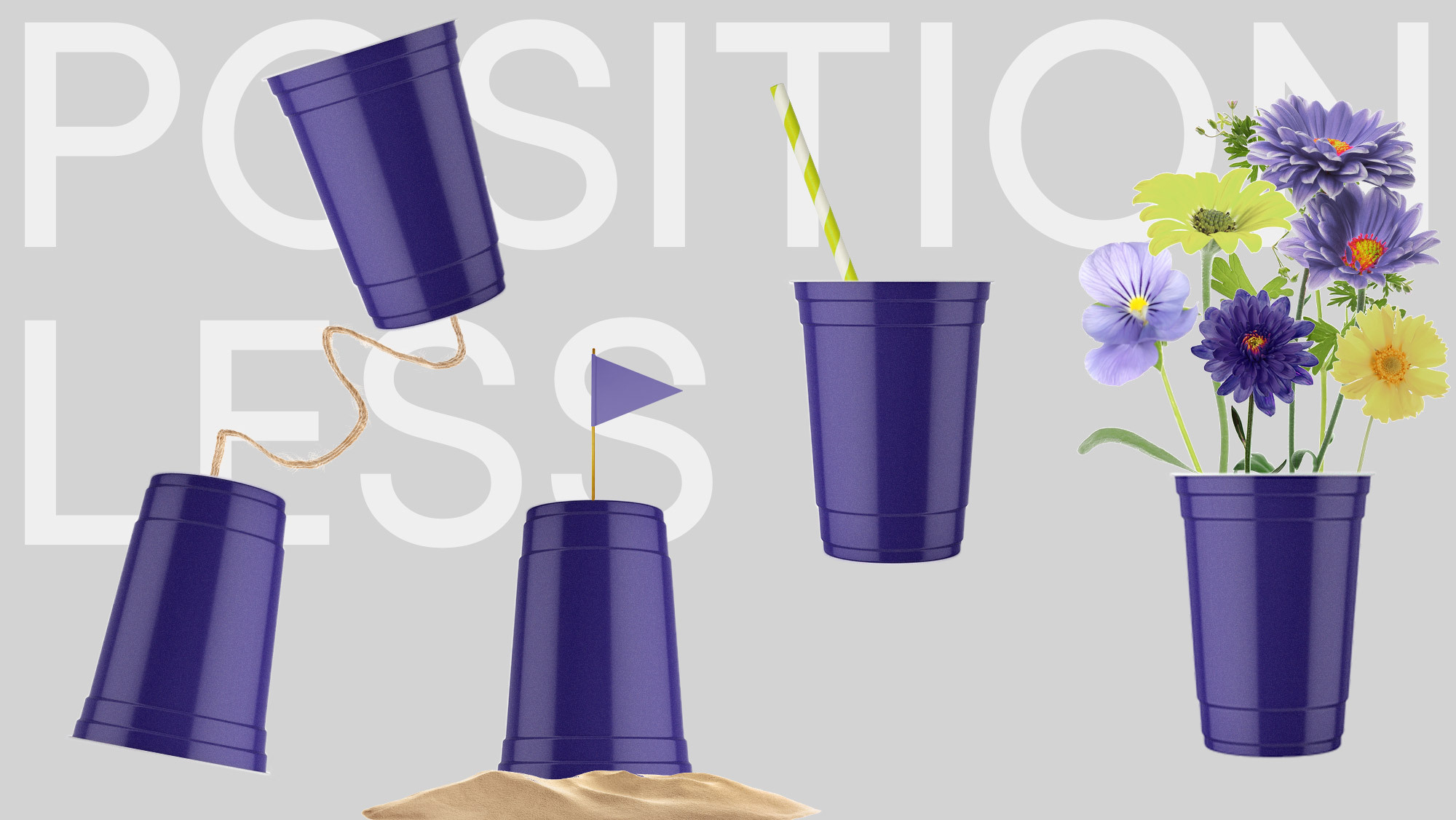
AI and the Retail Marketer’s Future
How AI transforms strategy and processes, driving the adoption of Positionless Marketing
Exclusive Forrester Report on AI in Marketing
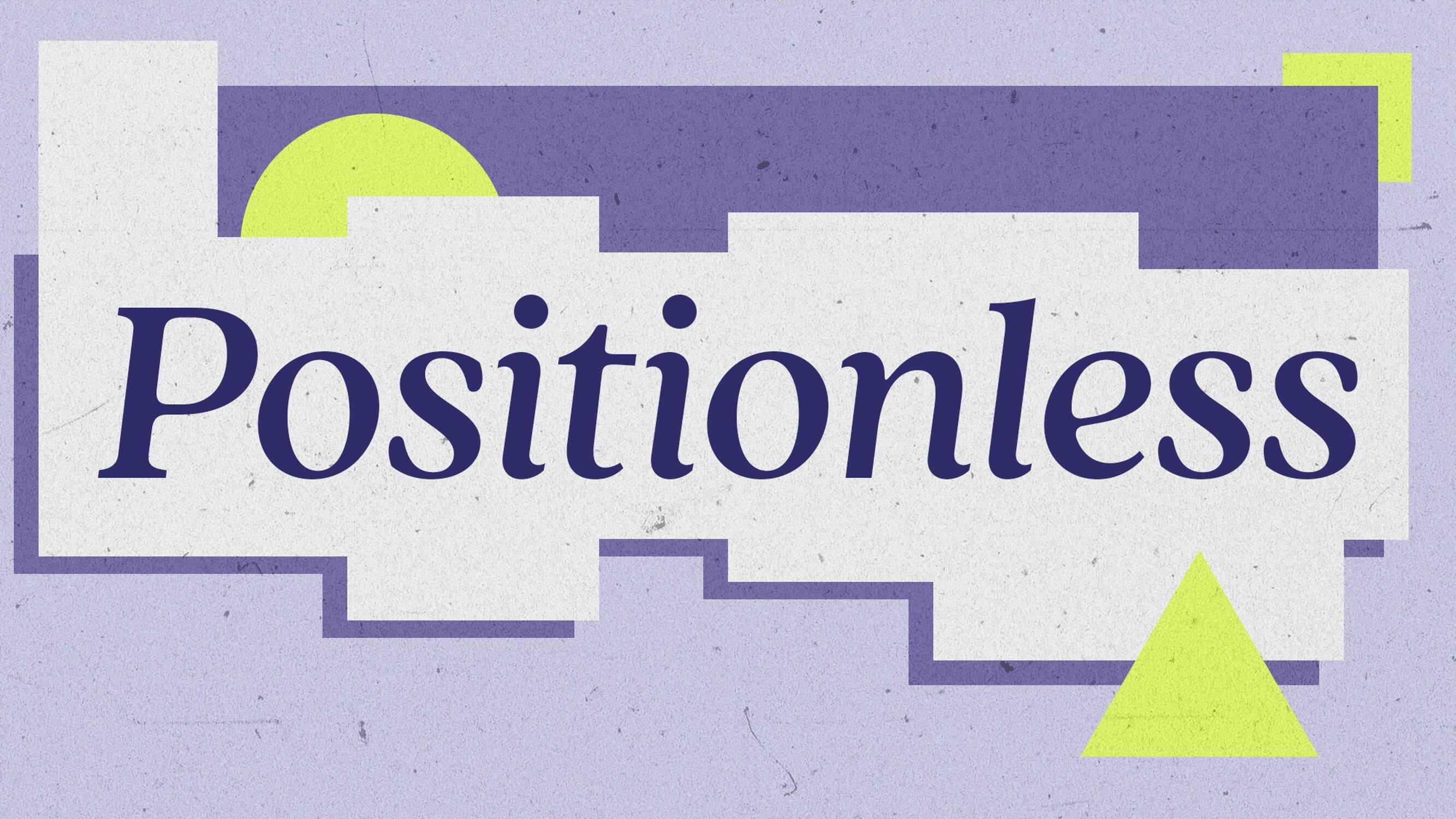
"Life is what happens while you are busy making other plans."
–John Lennon
A customer journey tells the story of a customer's experience interacting with a company, starting with the initial contact and continuing through all subsequent interactions, via all touch-points. A marketer's job is to understand the various points at which customers engage with a brand, its products/services and its marketing messages, and to ensure the most successful usage of each such opportunity.
Marketers can plan typical customer journeys and prepare the best ways to interact with customers at each stage. Unlike a traditional marketing funnel, which is linear, customer journeys can jump around from one stage to another, skipping particular stages and even going backwards (e.g., to return to behaviors typical of earlier customer lifecycle stages).
The goals of defining and managing customer journeys include improving the customer experience, identifying the stages of greatest potential and greatest danger, and ensuring that every customer receives the right messages at the right time via the right channel.
The management of customer journeys is a powerful way for marketers to ensure that they are engaging their customers in the best ways possible. However, it seems to me that the mainstream views on the right way to do this are rather limiting, and only succeed at addressing a small portion of one's total customer base.
I say this because, while the traditional approach to managing customer journeys relies on a number of static "customer journey maps," the fact is that customers can actually take an infinite number of different journeys – and marketers need to address all the implications of this reality.
In this post, I delve into customer journeys and I describe an alternative approach to managing them that can make any marketer far more effective.
Most marketers – and the products that help them manage customer journeys – use a map-based, or flowchart-based, approach. This framework for customer journey mapping is one that enables marketers to plan and take advantage of customer journeys in order to maximize customer engagement and satisfaction. The best such flowcharts are built using data-driven research that can express the most important stages of the most common journeys and how to best engage the customer at each one.
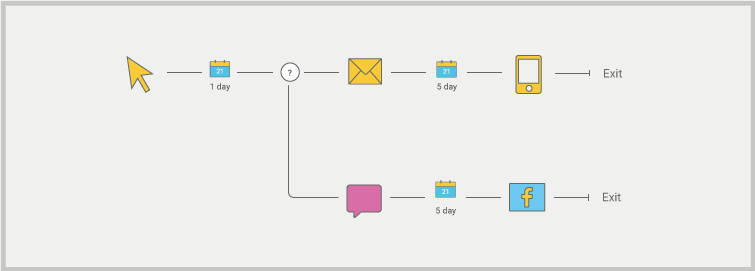
This pre-planned flowchart approach offers two primary advantages:
However, the flowchart-based approach has some severe limitations which essentially make it unsuitable for managing the journeys of most of your customer base:
The main reason that most customer journey mapping software uses the static journey map approach is likely because the pioneers of this field were focused on B2B marketing, where almost every customer follows the same path through the same sales funnel. B2C systems subsequently adopted the same approach, even though consumer customer journeys are far too complex and dynamic to be handled the same way.
The flowchart-based approach to customer journey mapping certainly has its uses. For example, during the brief "incubation" period of new customers, the small amount of variability in most customers' activities allows the marketer to address the majority of new customers with a handful of static journey maps.
However, during most of the customer lifecycle, there are literally an infinite number of different combinations of activities, behaviors and paths that customers can take. In order to most effectively communicate with each individual customer in the context of his/her actual activities, behaviors and preferences, the pre-planned map-based approach simply doesn't cut it!
A newer, and far more comprehensive, approach that is gaining traction among advanced marketers takes a completely different track: instead of pre-planning the various journeys that a customer might take, this approach focuses on dynamically segmenting very similar customers into many small micro-segments, based on their "behavioral DNA." This approach focuses on using customer data and predictive behavior modeling to identify the most important intervention points – and the best kinds of responses and activities for each – which the brand can utilize to maximize customer engagement and satisfaction.
Briefly, micro-segments are small groups of customers (which can even be one or two customers on any given day) who match a set of criteria defined by the marketer. Membership in micro-segments is calculated for every customer daily, or even in realtime. These criteria may include any combination of factors, such as:
Because every customer falls into at least one micro-segment at any point in time, every customer will receive the most relevant and appealing messages/offers at that particular point in his/her journey.
The main advantages of the micro-segmentation approach to managing customer journeys are that it is:
The biggest challenge inherent in the micro-segmentation approach is that it is more difficult for marketers to quickly explain to others in the organization how various customer journeys are handled. Unlike flowcharts, which visually present a fixed number of defined paths and actions, the nature of infinite customer journeys is more challenging to visualize and communicate. On the other hand, there is often more value in what you cannot see than in what you can (as the saying goes, "there is more to it than meets the eye").
As already mentioned, there are some circumstances in which a flowchart-based customer journey is a valid approach. In these cases, a pre-planned journey can be implemented alongside – or even be enhanced by – a wide range of micro-segmentation-based journey configurations.
"Life is what happens while you are busy making other plans." This line from a John Lennon song nicely sums up the differences between these two approaches: no matter what customer journey maps a marketer can plan, customers will inevitably follow many different journeys of their own making.
Consider a simple, flowchart-based journey that a marketer may devise using a flowchart-based customer journey management tool:
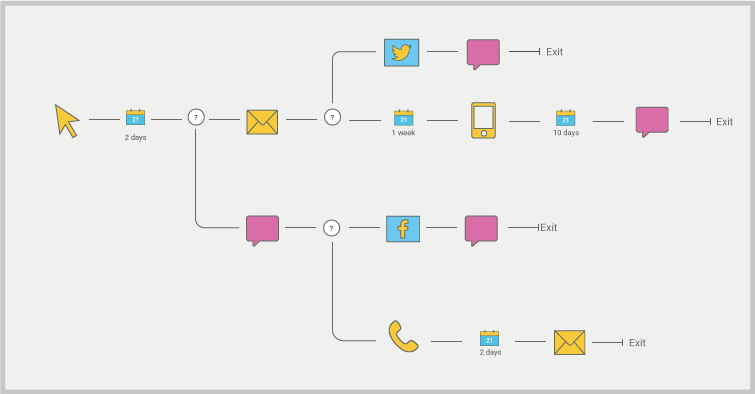
The problem with this type of simple journey map is that many customers will not follow it exactly, rendering it somewhat (or totally) irrelevant to those customers. To make it more relevant to more customers, the marketer needs to continually add more and more nodes and branches to the map. Covering just a few more common customer journeys will quickly force even the smartest and most motivated marketer to create an exponentially more complex flowchart:
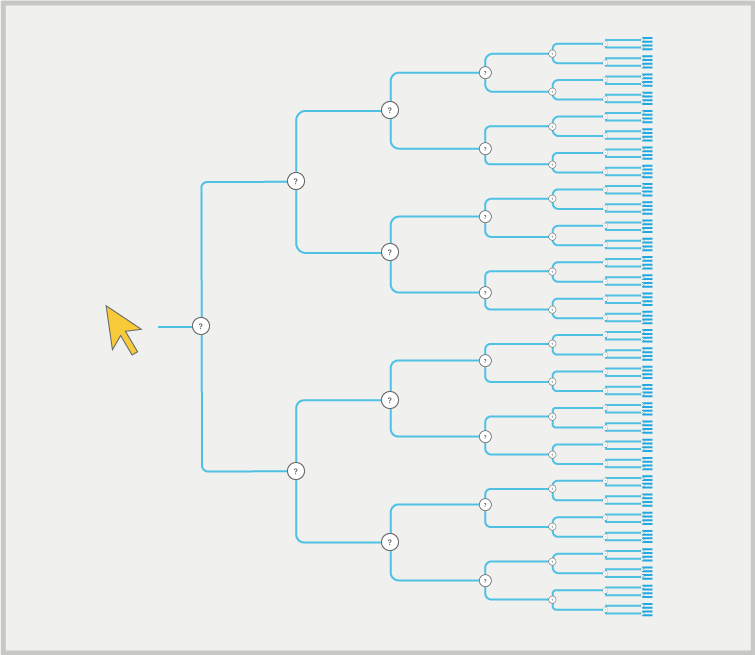
In theory, such an approach could possibly cover many of the relevant customer journeys, but in reality, this is impractical: devising, managing and evolving such a complex tree is simply impossible. This is especially true when one considers that it would be necessary to include journeys where a customer backtracks to an earlier stage, repeats stages in a loop, and so forth.
On the other hand, the micro-segmentation approach does not force the marketer to consider and define "hard-coded" journeys. Instead, the marketer need only consider – and address – the customer's "behavioral DNA" at any point in time, without necessarily worrying about how the customer reached that point. This approach becomes even more powerful when combined with the use of predictive analytics software to send offers to customers based on what it appears they are going to do/want/buy in the near future!
Let's visualize how this works:
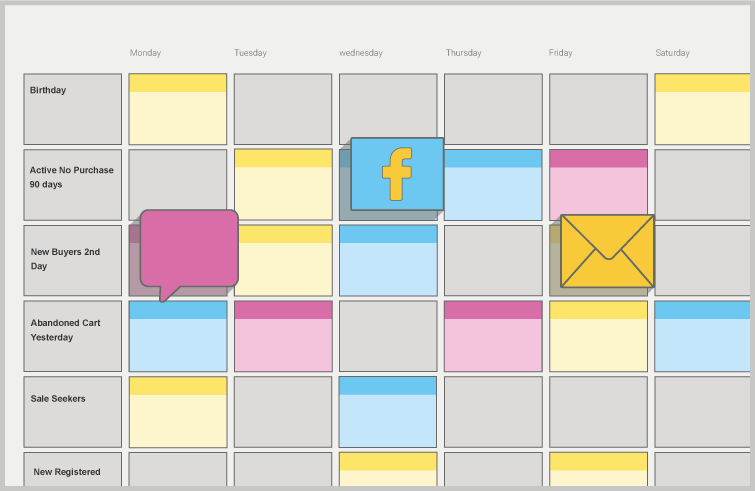
The left-most column in the above matrix may contain dozens or hundreds of micro-segments. Examples may include:
The remaining columns are actual dates: on each date, customers in each micro-segment will receive the highest-priority campaign catering to that particular micro-segment (unless they are still in the "duration period" of a prior campaign and thus intentionally excluded).
In this approach, customers create their own unique journeys, and the marketer is always ready for them, with the best messages, offers and incentives – no matter how they arrived at the micro-segment where they are today. In other words, the journey of any individual customer can be plotted as his/her inclusion in the various micro-segments over time:
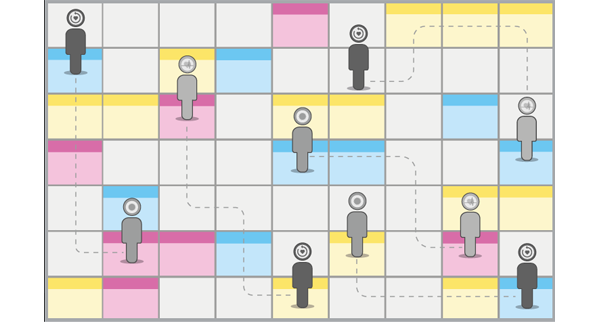
This approach is infinitely more flexible, and therefore infinitely more powerful. The marketer can begin by defining a limited number of customer micro-segments, and the messages that each will receive to encourage them to take a desired action. As time goes on, the marketer can define more and more of these micro-segment-campaign pairs to ensure that more and more customer journeys are covered. By including predictive-based micro-segments (such as "likely to churn" or "expected to purchase shoes"), the marketer can directly alter behavior when it matters most, or create a fantastic experience by anticipating the paths that a customer will probably take!
The micro-segmentation-based approach is also far easier to manage, improve and evolve over time. It is much more dynamic, delivering more relevant messages to more customers, at every point of each one's particular customer journey.
While focusing on customer journey mapping as a means of improving customer engagement, satisfaction and long-term loyalty is gaining traction among customer marketers, there are two very different methodologies of how to approach it. The static, flowchart-based approach offers clearer visibility into what the marketer has planned, but it is severely limited in how many actual customer journeys it can efficiently address. The flowchart-based approach is also far more difficult to maintain, adapt and expand, although it can be useful to manage typical new-customer journeys.
On the other hand, the micro-segmentation-based approach allows marketers to easily and dynamically address an infinite number of different customer journeys, by focusing on customer micro-segments and predicted customer behavior, instead of hard-coded, pre-conceived paths. This newer, more sophisticated approach provides greater and more accurate customer coverage, with greater flexibility and adaptability. In fact, there is no other practical way to manage the infinite customer journeys that are, quite simply, a fact of life.
Request a Web demo to learn how you can use Optimove’s Science-First Relationship Marketing Hub to effectively manage infinite customer journeys.
Exclusive Forrester Report on AI in Marketing
In this proprietary Forrester report, learn how global marketers use AI and Positionless Marketing to streamline workflows and increase relevance.

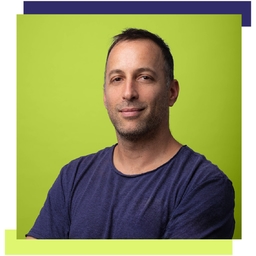
Pini co-founded Optimove in 2012 and has led the company, as its CEO, since its inception. With two decades of experience in analytics-driven customer marketing, business consulting and sales, he is the driving force behind Optimove. His passion for innovative and empowering technologies is what keeps Optimove ahead of the curve. He holds an MSc in Industrial Engineering and Management from Tel Aviv University.


